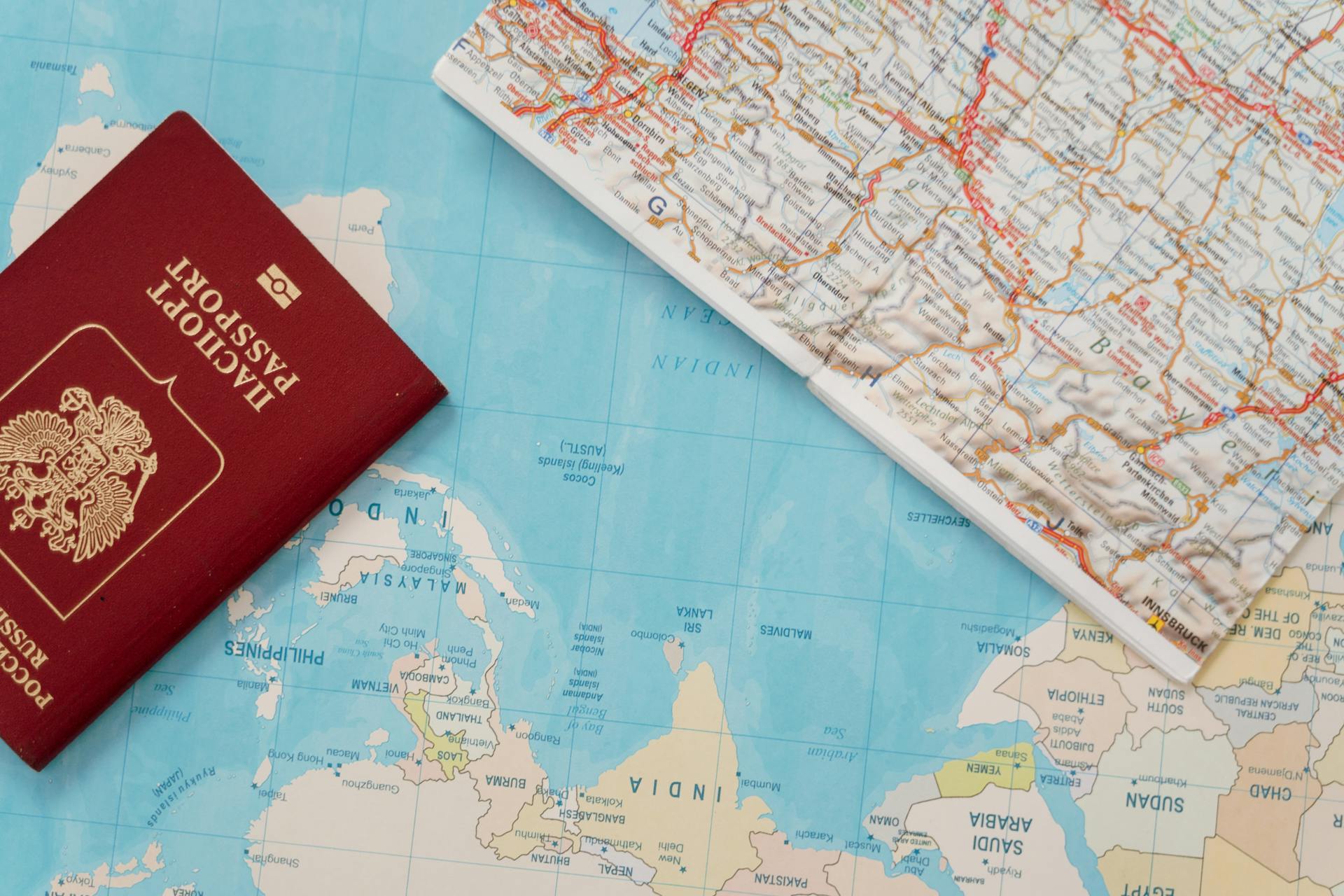Visa Guidance
Obtaining a visa can be a daunting and complex process, especially for those who are unfamiliar with the requirements and procedures involved. In this content, we will provide an overview of the visa guidance process, including the types of visas, eligibility criteria, application procedures, and tips for a successful application.
Types of Visas
There are various types of visas, each with its own set of requirements and purposes. Some of the most common types of visas include:
- Tourist visa: For individuals who wish to visit a country for tourism, sightseeing, or visiting family and friends.
- Student visa: For students who wish to pursue higher education in a foreign country.
- Work visa: For individuals who wish to work in a foreign country, either temporarily or permanently.
- Business visa: For business owners, entrepreneurs, or employees who wish to conduct business in a foreign country.
- Immigrant visa: For individuals who wish to immigrate to a foreign country permanently.
Eligibility Criteria
The eligibility criteria for a visa vary depending on the type of visa and the country of destination. However, some common requirements include:
- Age: The applicant must meet the minimum age requirement, which varies by country and visa type.
- Education: The applicant must meet the minimum education requirement, which varies by country and visa type.
- Language proficiency: The applicant must demonstrate proficiency in the language of the destination country.
- Financial resources: The applicant must demonstrate sufficient financial resources to support themselves during their stay.
- Health insurance: The applicant must have health insurance that covers them during their stay.
Application Procedures
The application procedures for a visa vary depending on the country of destination and the type of visa. However, some common steps include:
- Online application: Submitting an online application through the official government website or a designated portal.
- Document submission: Submitting required documents, such as a passport, birth certificate, and proof of financial resources.
- Biometric data: Providing biometric data, such as fingerprints and facial recognition.
- Interview: Attending an interview at the embassy or consulate, if required.
- Waiting period: Waiting for the visa application to be processed and approved.
Tips for a Successful Application
To increase the chances of a successful visa application, it is essential to:
- Carefully review the eligibility criteria: Ensure that you meet all the requirements before submitting your application.
- Gather all required documents: Make sure you have all the necessary documents and information before submitting your application.
- Submit a complete application: Ensure that your application is complete and accurate to avoid delays or rejection.
- Be honest and transparent: Provide accurate and truthful information in your application to avoid any issues during the processing stage.
Conclusion
Obtaining a visa can be a complex and time-consuming process, but with the right guidance and preparation, it can be a successful one. By understanding the types of visas, eligibility criteria, application procedures, and tips for a successful application, individuals can increase their chances of obtaining a visa and achieving their goals.




